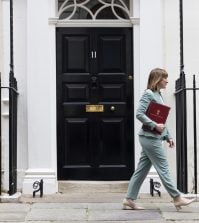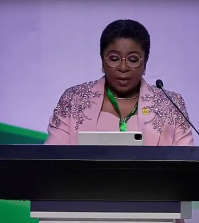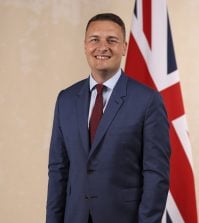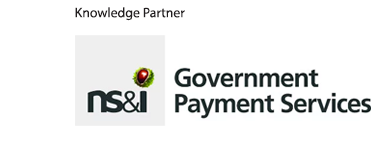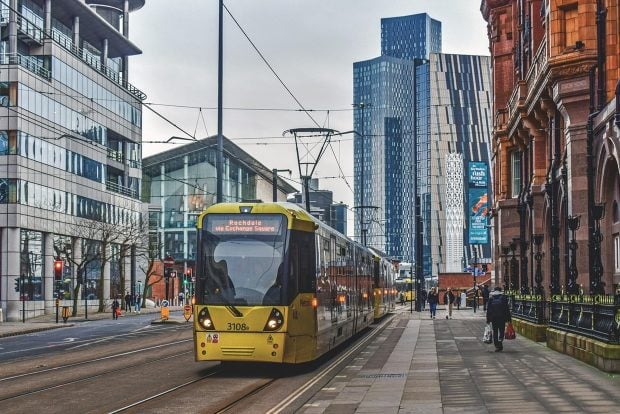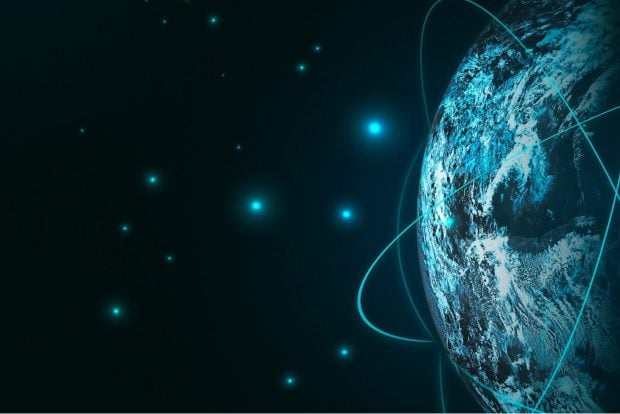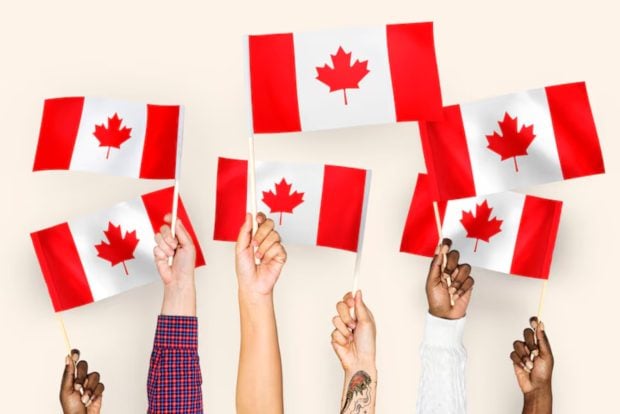Indian prime minister Narendra Modi persuades 10m households to give up gas subsidies

The Indian government has convinced 10 million well-off households to voluntarily give up the subsidies available for their cooking fuel, freeing up funds to extend assistance to more of the poorest consumers.
Prime Minister Narendra Modi launched a nationwide #GiveItUp campaign in March 2015, persuading people to forego the subsidies available for liquefied petroleum gas (LPG). The venture was introduced at the Urja Sangam, India’s biggest global hydrocarbon meet, and has now produced savings of close to 52 billion Indian Rupees (UK £547 million).
As part of the campaign, the Modi administration aggressively set the state machinery in motion, including the favourite tool in its arsenal: social media. Besides drafting in Bollywood superstar Amitabh Bachchan to lend his voice to the campaign, the government has launched multiple websites to win over middle-class Indians. During the initial days of the scheme’s inception, petroleum and natural gas minister Dharmendra Pradhan made a point of placing one telephone call per day to VIPs, public figures, lawmakers and other dignitaries, exhorting them to give up the subsidy and champion the programme.
To encourage people to give up their subsidies, those who’ve opted out have been given the option of rejoining the scheme after one year. Within the first three months of the scheme, 1m consumers surrendered their subsidy, and their numbers have now reached well over 10m. “It’s a change of mind-set that 1 crore [10m] people gave away subsidy benefit on one appeal of the prime minister. It’s no mean feat,” said home minister Rajnath Singh.
A subsided LPG cylinder, weighing 14.2kg, costs approximately 568 Indian Rupees (£5.93) after the state has put in a subsidy of a little over 200 Rupees. Money raised from the voluntary scheme has been partially funnelled to a newly created programme called Ujjwala Yojana, which aims to provide subsidies for 50m women-led households over three years.
The oil ministry intends to cut the numbers of those receiving subsidies by a further 25m in the coming years, both through voluntary withdrawals and by restricting eligibility. A year after the introduction of the voluntary surrender programme, the government has barred individuals who earn more than 1m Rupees (£10,070) annually from receiving the subsidy.
India has 166m LPG consumers, who use about 21m tonnes of the cooking fuel annually. Nearly 40% of this is imported, and demand is rising fast: Modi has also promised to expand India’s infrastructure to meet its growing energy needs. As many as 37m new consumers began using LPG during the first two years of the Modi regime, and the three state-backed LPG supply companies – the main players in the sector – have approved plans to raise their bottling capacities by up to 10%.
For up to date government news and international best practice follow us on Twitter @globegov
See also:
Top Indian educationalist urges focus on universities, power supplies and high-tech manufacturing
Indian law links 1bn-strong ID database to benefits claims
India’s banking scheme draws in 200m new customers
Satellite night signal project could help India’s government spread electricity
Australia’s chief scientist calls for increased investment in renewable energy
World Bank appoints first female country director in Philippines

